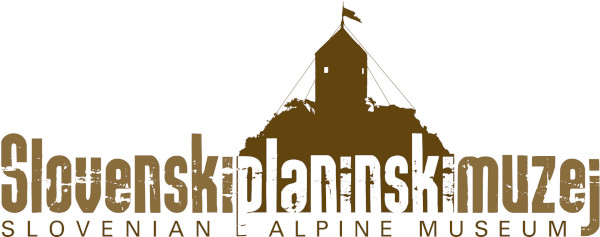I Have Climbed to the Top of the Mountain
Conquering the summit is just an intermediate objective, the final one being safe return home.
A mountaineer who has ventured on his first attempt atop a high mountain, skipping the lower grades of recreational walking, will be taken aback by the spectacular view from the top. He will retake his tours, feel a sudden rush of interest in this or that peak, he will wish to know the names of the mountains and orographic conditions. (Planinski vestnik, 1895)
View of the surrounding summits, a turret, cross or box with a seal – these are the signs that we have reached the top of the mountain. Now it is time for a snack, traditional rope christening and a brief recollection of the past when only few were lucky enough to enjoy such views. The expanse of the horizon beckons the mountaineer to new tours, conquests of new rock faces and summits.
Every nation has its “holy” mountain. For Slovenes, this is Triglav, the highest, most desirable mountain, celebrated in verse and prose, and admired like no other. The history of Triglav ascents began in 1778 when the group of “four brave men” from Bohinj succeeded in conquering its summit. In the 19th century, Triglav became the symbol of Slovenian national identity, largely through the efforts of one man, priest Jakob Aljaž. Mountain summits and rock faces were just another arena where the Slovene-German contest for supremacy was fought. It was an arena where Slovenes were able to demonstrate our self-confidence and, by preserving the Slovenian appearance of our mountains, defended our language, culture, and national identity.
The first scientists and tourists to summit Slovenian mountains did so with the help and in the company of local mountain guides, who had climbed most summits earlier as hunters and shepherds. Since at that time there were no laid-out and secured paths, every first approach across passes, along ridges and up sheer rock faces was a serious climbing achievement.











